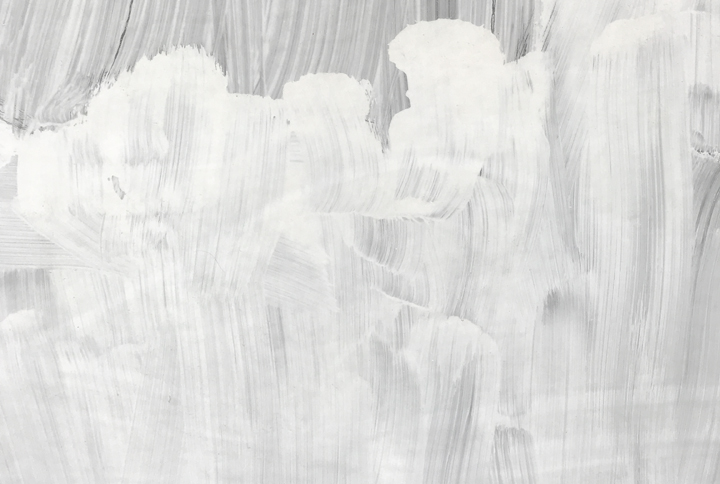White is essential in almost any form of artwork. The color white creates negative space (tellingly also called white space). This negative space lets your artwork breathe.
But is it possible to mix white paint? And if so, what colors make white paint when mixed together?
In this article, I’ll walk you through the basic color theory of the color white. You’ll learn about how white paint is made and whether you can mix white paint. And you’ll come to understand the color white better.
At some point, every artist will need to use art in their paintings. So, let’s dive in and learn more about this significant color and how you can make white paint.
What is the meaning of the color white?
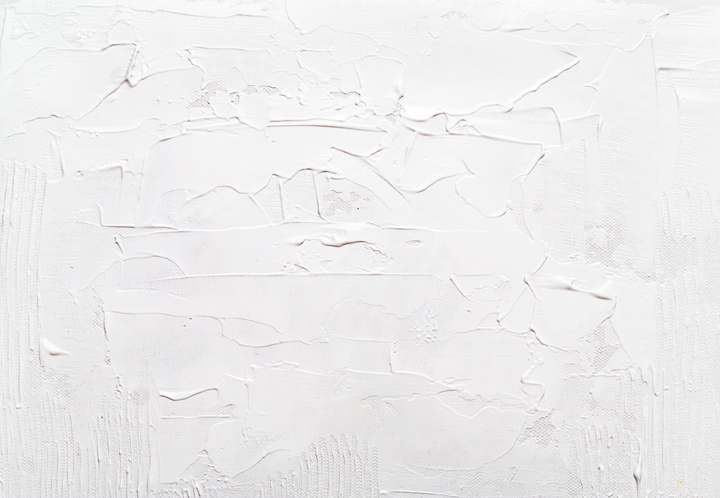
You’ll probably use white in your artwork at some point. It could be to create a snow scene, a white flower, or to get the lighting right in your painting.
But what does this color signify? Beyond the obvious use of the color white for snow, it has many significant meanings.
For example, the color white can signify innocence and purity. It has connotations of cleanliness and even godliness, as it is fresh, clean, and unmarked. It’s no coincidence that priests wear white robes during holy days and celebrations.
White can also signify a fresh start or a new beginning. Think of the saying, ‘turning a new leaf.’ It refers to the clean white page you get when you turn over a leaf in a book.
It’s also the polar opposite of the color black, which often has connotations of evil or darkness. In contrast, white can represent what is good in life.
So, as you can see, the color white has many powerful psychological meanings. So, there’s sure to be a time when you’ll want to use white in your artwork. And that’s not even considering whites’ role in creating negative space in art.
Color Theory & The Color White
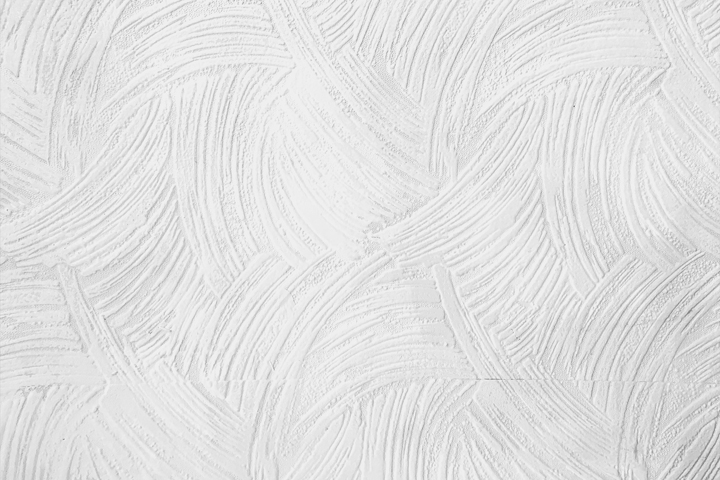
As you’ve seen, white is one of the most vital colors. But it’s also a trickier color to master as an artist – both to use and to mix.
You need to understand a few things about the color white before we look at how to make white paint.
But the first and most crucial question is whether white is a color in the first place. And if not, what is white instead?.
Is White a Color?
Have you ever considered whether white is a color or not? There has long been a debate over this topic.
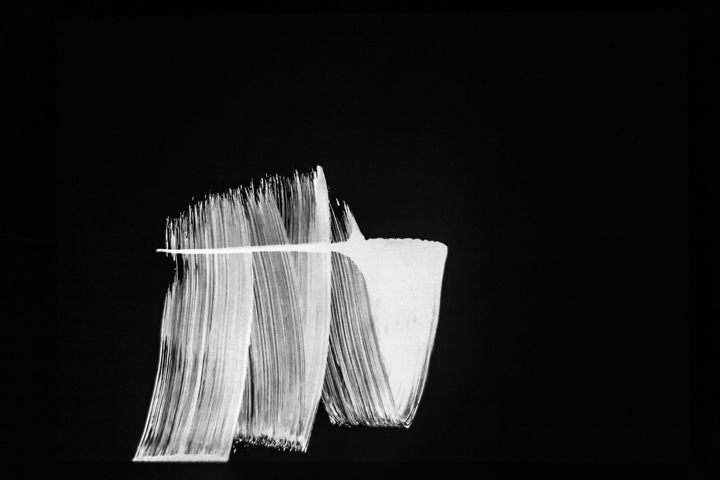
If you’ve ever studied a foreign language, you probably learned all the color words simultaneously. The words for white, gray, and black are taught alongside colors like red, blue, yellow, and green.
But when we consider the science of color theory, technically isn’t a color at all. In actual fact, it’s a shade. That’s because white itself neither has a hue nor any saturation. So, we can’t classify it as a color.
And that can make it a little more complex to make the color white.
Color Systems: Additive vs. Subtractive
The color theory seems pretty straightforward. But it’s a little more complicated than it first appears. One of the main reasons for this is that there isn’t just one color system.
In fact, there are two different color systems – the subtractive model and the additive model.
The Subtractive Color System

You’re probably most familiar with the subtractive color system as an artist. It’s the one that applies when you mix colors, paints, or pigments for traditional art.
Have you ever tried mixing many different colors together? When you combine the colors in the subtractive system, you’ll end up with black. (Or, at the very least, a murky brown/gray color).
The more colors you mix, the darker the result becomes.
The Additive Color System

But that’s not true when we think about mixing light. It works very differently, and it all comes down to the wavelengths of different colors.
So, when you mix the primary colors in the additive color system, you get the opposite result. You’ll end up with pure white instead of black.
How does this happen? As you add different light colors, you’ll gradually get a brighter and brighter light. And it will build up to bright white light if you combine all the colors.
Here’s a quick explanation of why we end up with white light:
Making White Using the Additive Color System
The additive system’s primary colors are blue, red, and green. When all three light colors are combined, the result is white light.
That’s useful to know if you’re working digitally, as you’ll need to use the additive model. It’s also handy if you’re working with light – e.g., if you’re making a light projection.
But in most cases, you’ll work with paint or pigments of one type or another. For example, that could be dyes, coloring pencils, pens, or ink. And all these follow the subtractive color system.
Making Using the Subtractive Color System (Mixing Paints or Pigments)
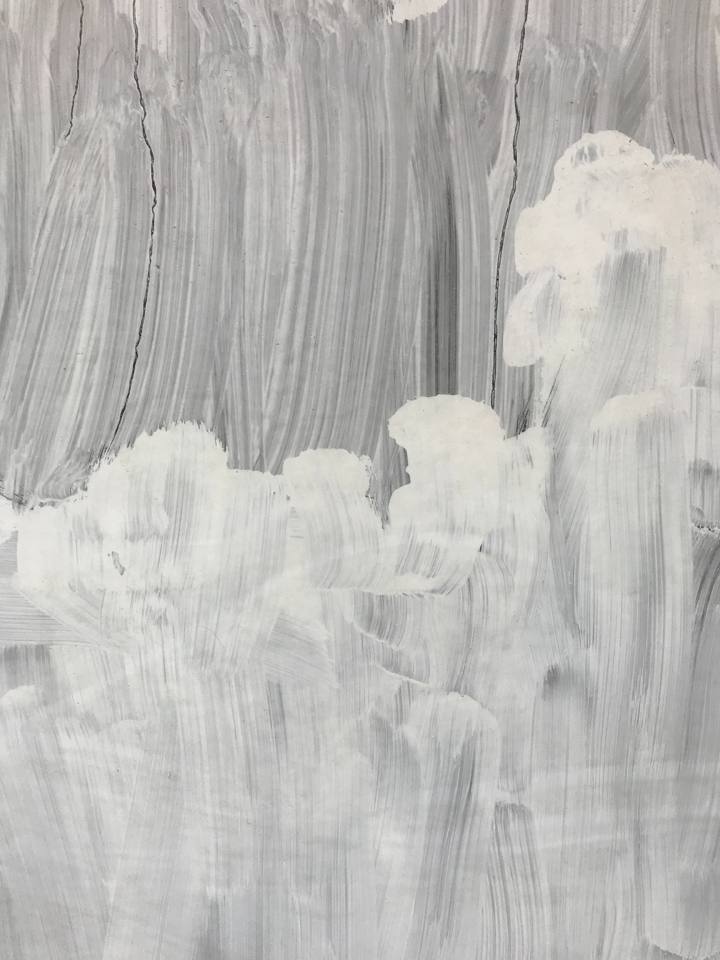
As you probably know, it’s pretty hard to make white by mixing other colors. That’s because it’s an achromatic shade. And that means it doesn’t have any saturation or ‘color.’
So, there isn’t actually a way to make white paint using other colors. It’s even trickier than trying to make a primary color like blue, red, or yellow.
As you’ve seen, once you layer colors, you’ll get a darker result than what you started with. For example, red and blue make purple; yellow and blue make green; red and yellow make orange. Mix them all together, and you’ll end up with black.
And that all comes back to the fact that white isn’t a color. Instead, it’s the absence of any saturation or hue.
So, it makes sense that you can’t create a lack of color by adding more color.
Unfortunately, that means you can’t make white by mixing different colors together. So, it’s necessary to stock up on plenty of white paint for when you’ll need it.
So, How is White Paint Made?
If you can’t mix white paint, you might wonder how it’s made in the first place.
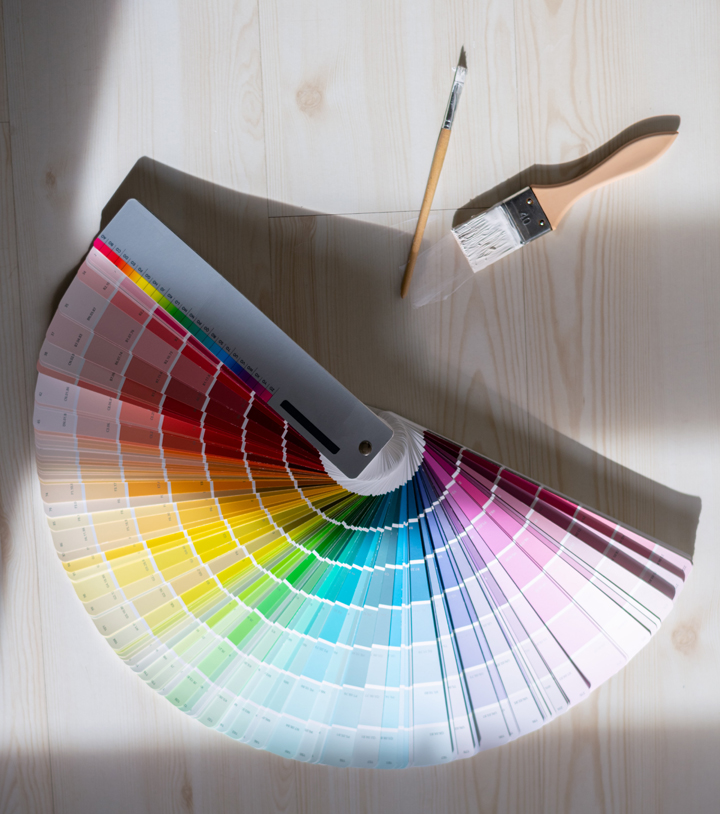
A white pigment is necessary to make white paint. But, as you’ve seen, it’s impossible to create white pigment from other colors. So instead, you need a naturally white pigment.
Most commonly, this is a pigment made from minerals such as calcium hydroxide or zinc oxide.
Once you have a white color as your base, you can alter the tint slightly. For example, you could add a little yellow to your white paint to make it ivory. And you can create off-white by mixing a little brown into your white paint.
The Wrap Up
By now, you’re an expert on white paint (and the limitations of making it). And you also have a much clearer understanding of the science around the color white.
As you’ve seen, it’s possible to combine red, green, and blue light to create white light.
But there isn’t a way to mix different colored paints to create white paint. That simply doesn’t work. Instead, you’d need to remove the pigments from the paint to get the color white rather than adding more.
So, the short answer is that you can’t make white paint by mixing other colors. But you can learn how to mix almost any other color on the color wheel.
Share this article on social media if you find it helpful.
You’ll find everything you need to know about color theory here at Proactive Creative. So, make sure to follow for more tips!

